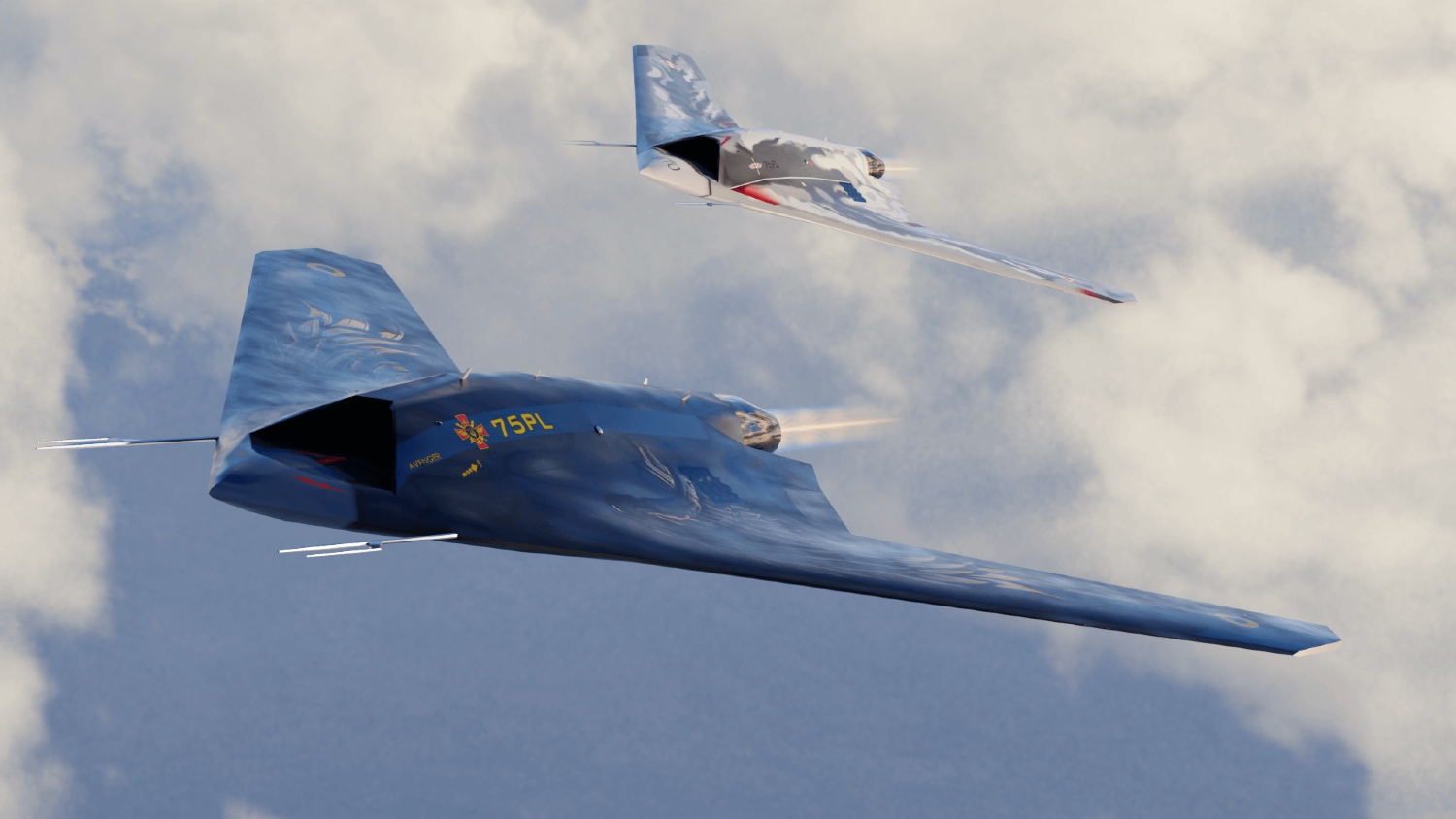The Russian Navy will operate the S-70 Okhotnik (Hunter) unmanned combat aerial vehicle (UCAV), according to its top naval commander, besides the Inokhodets drone. It has also announced plans to develop an aircraft carrier to compete with Western navies.
Russia, China Test ‘Un-Hackable’ Quantum Communications 4,000 KM Away, Ask India To Join Project
While the S-70 is the designated ‘loyal wingman’ of the Su-57 Felon fifth-generation fighter as a part of a manned-unmanned teaming concept, the Inokhodets could be the Sirius reconnaissance-strike drone that Russia has been using since last year to aid long-range strikes into and surveillance of Ukrainian ground positions.
Navy Commander-in-Chief Admiral Nikolay Yevmenov was referring to the modernization of the naval aviation arm, which he said would be “reinforced” with Okhotnik and Inokhodets attack drones. “Specific attention is paid to the development of unmanned aviation.
The delivery of Inokhodets and Okhotnik modern drones is planned,” a TASS report quoted Krasnaya Zvezda (Red Star).
Yevmemov added that the Russian navy is “studying the feasibility” of a “promising naval aircraft carrier complex, the use of which will increase the efficiency of solving various operational tasks.”
Slew Of Modernization Plans
“The attack and fighter naval aviation is developed by the acquisition of modern generation 4++ aircraft (such as multirole Su-30SM2), the delivery of Ka-52K helicopter gunships, as well as the creation of prospective naval fighter jets,” the TASS report added.
“Increasing the combat capabilities of anti-submarine and naval reconnaissance aircraft is planned through the modernization of the existing fleet of aircraft, such as the Tu-142M3, Il-38 and Ka-27, Ka-31R, as well as the creation of promising anti-submarine aircraft systems.”
How Will The Russian Navy Use S-70?
It is unclear whether the drone will be teamed with naval fighters like the Su-30SM2 while in maritime service. Assuming it is not, it would certainly be connected with other naval assets like surface warships and maritime reconnaissance planes.
It can be assumed that the modernization of the Tu-142M3 Il-38 aircraft will have S-70-specific systems and devices to connect with the drone. These could be communication and data links to trade-targeting data.
If the Navy goes ahead with the aircraft carrier development, it raises the question of whether the Okhotnik or the Sirius UCAV would operate from the ship. Russia would need to develop naval versions of the drones with stronger landing gears.
Russia’s Black Sea Fleet (BSF) has already been using Su-30SM2 fighters to undertake strafing runs of Ukrainian naval kamikaze drone boats and manned speed boats during their strikes on the BSF fleet and Snake Island. The situation in the water body already informs the kind of tactical situations the Russian navy might involve itself in.
However, the acquisition into the fleet is unlikely to happen independent of the induction into the Russian Aerospace Forces (RuAF), where the need for a next-generation UCAV is the most acute. Naval planners are likely to draw up plans, seeing the initial service of the first batches of the S-70.
S-70 Has Been Progressing Rapidly
The S-70 has seen progressive integration phases with the Su-57, missile firing trials, and graduation to a final prototype stage before entering mass production, possibly by the end of this year. The take-off weight of the UCAV is up to 20 tons, it is 14-meter (46 feet) long, and the maximum flight speed is about 1,000 km/h.
The drone first took to the air on August 3, 2019, with the flight lasting more than 20 minutes under the operator’s control. On September 27, 2019, the UAV flew in tandem with a Su-57 fighter. The flying wing-shaped UCAV was also used in a simulated and live weapons firing test.

In December 2020, Russian media RIA Novosti said Okhotnik conducted simulated tests with infrared (IR) and radar-seeker air-to-air missiles to test the UCAV’s fire-control systems at the 185th Combat Application and Training Center at Ashuluk.
It also later reported a guided missile test on May 28, which Janes Defense claimed was likely using a Kh-59MK2 standoff cruise missile. The 14-foot-long rocket with a satellite-guided range of 310 miles can also be fired from the Su-57. A test video released by Russia’s Ministry of Defense (MoD) later confirmed it.
The Kh-59MK2 is guided by an inertial navigation system corrected by the Global Navigation Satellite System (GLONASS) and Global Positioning System (GPS) during the cruise phase and an electro-optical digital scene matching area correlator system in the terminal phase.
The missile reportedly has a circular error probability of 3-5 meters. The RIA Novosti report quoted a source claiming a “series of guided missile firings to have been carried out as a part of the flight tests (along with) several types of air-to-surface missiles used (against) ground targets.” The source added that the drone can “hit small-sized camouflaged targets with missiles at different times of the day in any weather conditions.”
The S70B has also been given a significant design correction where its circular engine exhaust has replaced a flat-shaped nozzle. The circular exhaust of the prototype that flew on August 3, 2019, was criticized for compromising stealth and protruding beyond the boundaries of the airframe.
The final version of the Okhotnik rolled out from the Novosibirsk Aviation Plant in December 2021, with the new flat exhaust fitting more perfectly with the “contours” of the engine and the airframe.
The S-70 is now entering mass production, and units will start reaching Russian Aerospace Forces (RuAF) units by this year, according to an August 2023 TASS report. Its “state testing” was “expected” to be “completed by the end of the current year, and its mass production and supplies to the army will begin starting in 2024.”
- The author can be reached at satamp@gmail.com
- Follow EurAsian Times on Google News




